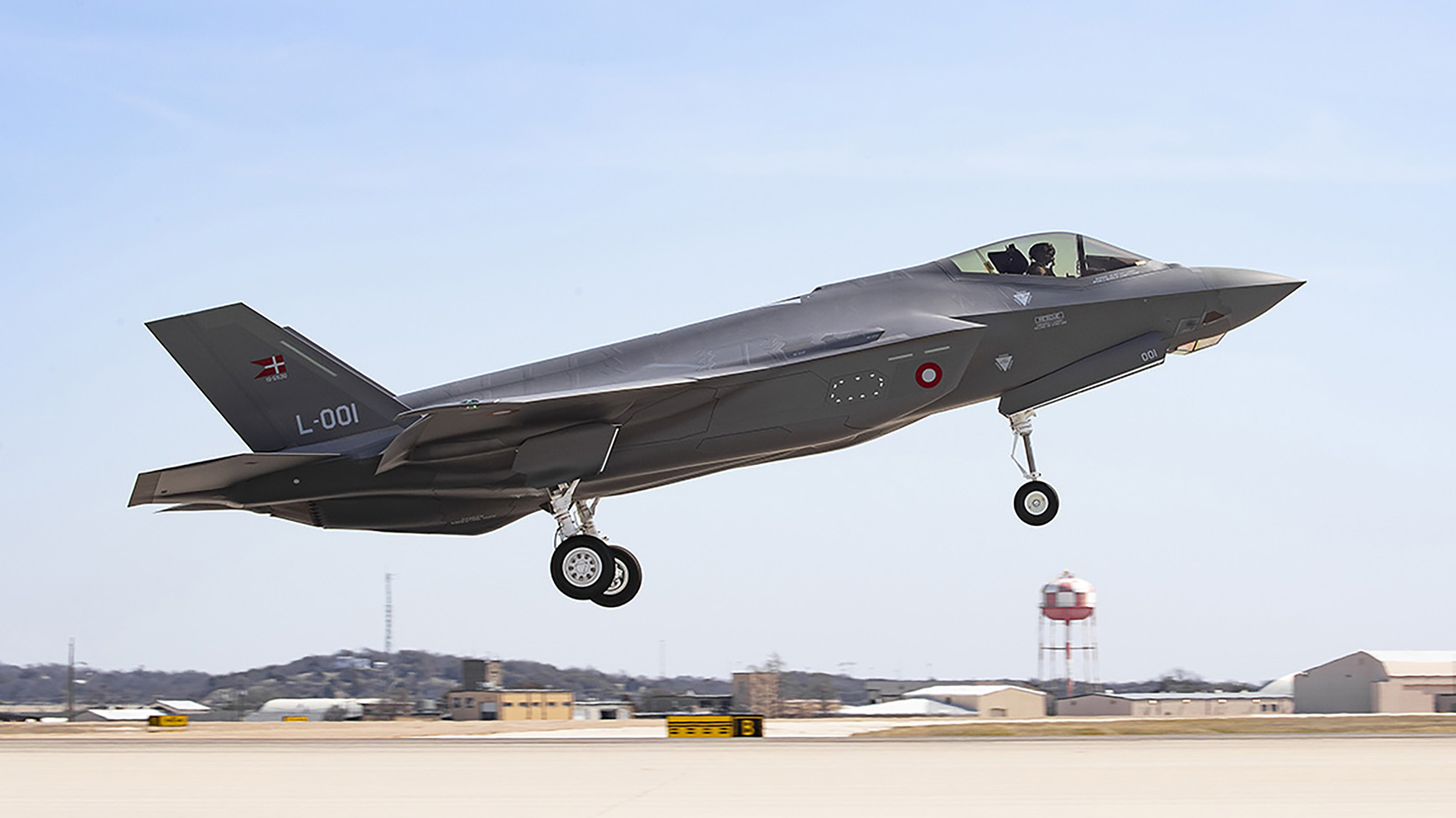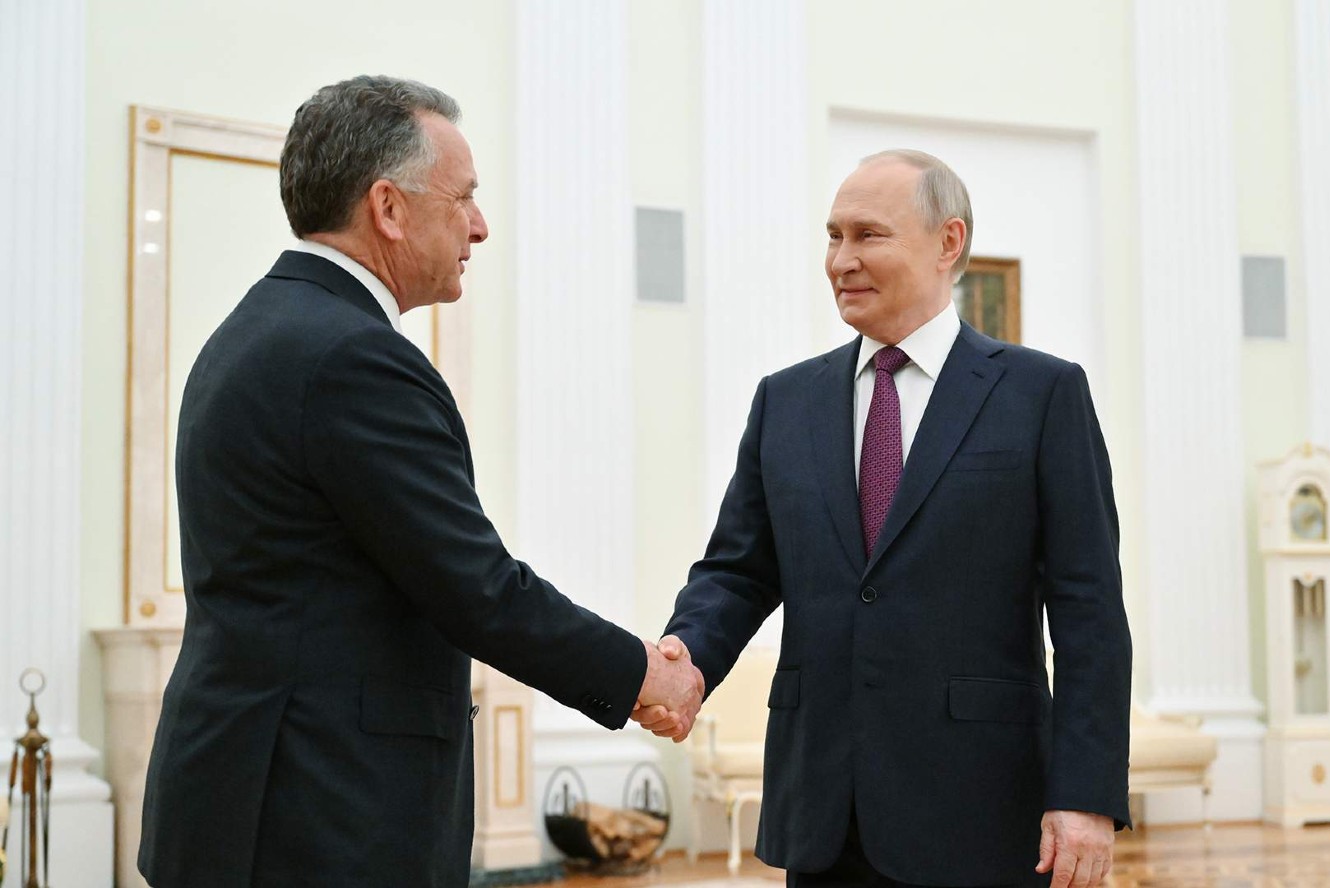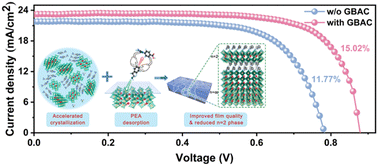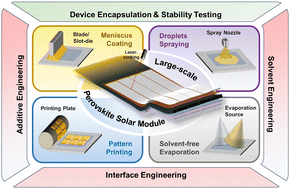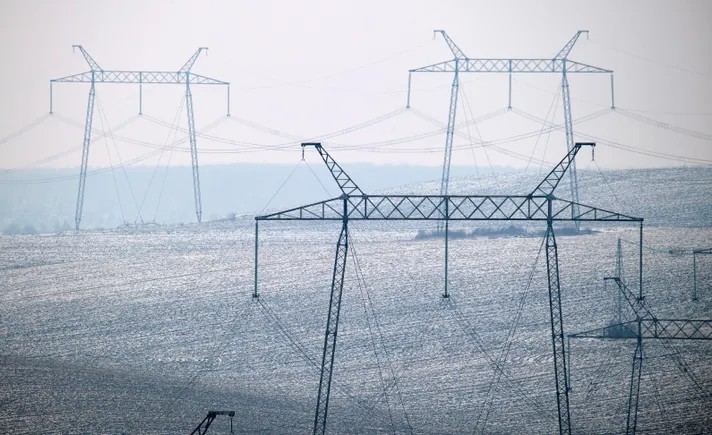Space Force FORGEing ahead with missile warning ground system
Space Systems Command (SSC) in recent weeks has issued a flurry of contracts for the key hardware and software “thrusts” that make up the FORGE program, following a restructuring in 2023 that broke the effort into more manageable pieces.


Lockheed Martin’s Next Generation Overhead Persistent Infrared (OPIR) Geosynchronous Earth Orbit (NGG) Block 0 early missile warning satellite. (Photo credit: Lockheed Martin)
GEOINT 2025 — The Space Force is moving to finally put in place the long-troubled next-generation ground system for its missile warning constellations — with service officials now predicting the Future Operationally Resilient Ground Evolution (FORGE) command and control (C2) system to be fully functioning in 2028.
Space Systems Command (SSC) in recent weeks has issued a flurry of contracts for the key hardware and software “thrusts” that make up the FORGE program, following a restructuring in 2023 that broke the effort into more manageable pieces.
“The modular nature of FORGE allows us to constantly improve and adapt to the needs of the operators and bring in added capabilities or sensors,” Lt. Col. Dan Groller, SSC’s FORGE materiel leader, told Breaking Defense on May 16.
The most recent award, announced on May 16, was a contract for the development/delivery of “Relay Ground Stations” to Lockheed Martin, Northrop Grumman Corporation, and Peraton. The Other Transaction Authority contract vehicle has a total ceiling of $244.2 million for a five-year performance period.
The relay stations, according to the service’s announcement, are being designed to bridge communications between the Pentagon’s legacy Space Based Infrared System (SBIRS) missile warning satellites and two future constellations: the Next-Generation Overhead Persistent Infrared (Next-Gen OPIR), and the Resilient Missile Warning/Missile Tracking — Medium Earth Orbit.
Next-Gen OPIR, which will include birds in geosynchronous Earth orbit (GEO) as well as in polar orbit, will replace SBIRS and the soon-defunct Defense Support Program satellites for ballistic missile warning. The Resilient Missile Warning/Missile Tracking satellites are being developed to keep tabs on hypersonic missiles.
On May 6, SSC announced it had awarded a contract worth $259 million to SciTech for the “Future Operationally Resilient Ground Evolution (FORGE) Enterprise Overhead Persistent Infrared (OPIR) Solution (EOS).” The EOS will “build upon” the open-source software processing platform, called the Mission Data Processing Application Framework, developed by RTX (formerly Raytheon) under a $197 million contract awarded in 2020 that runs through this August, according to the SSC announcement.
“The EOS prototype represents the next phase for the FORGE ground system, enabling SSC to continue development and integration with emerging sensor technologies, adopting hybrid-cloud architectures, addressing technical debt, and building upon existing investments to meet growing threat timelines and mission needs,” SSC elaborated.
The company “is still performing on the contract — it has not been terminated,” an RTX spokesperson told Breaking Defense on May 16.
BAE Systems was tapped by SSC on March 3 for a Phase 2 prototype of the critical FORGE command and control (C2) system required to actually operate the missile warning/tracking satellites under a contract worth $151 million. The FORGE C2 prototype program will lay the foundation for what eventually will be a government-owned, cyber-secure C2 system that will provide mission management, ground control, telemetry, tracking and command functions for both SBIRS and Next-Gen OPIR.
NSTXL, which manages SSC’s Space Enterprise Consortium (SpEC), in November 2023 awarded $9.75 million each to Ball Aerospace (now owned by BAE), Parsons, General Dynamics and Omni Federal for the first phase of the effort.
“From a technical perspective, once FORGE finalizes and fields the FORGE Command and Control (FC2) solution, the system will fully replace the legacy SBIRS Block 20 system for the Strategic Missile Warning Mission, will be operational for mission data processing and C2, and serve as the baseline system for all of missile warning and tracking (MWT),” Groller said.
“The FC2 [FORGE C2] solution’s expected completion for Next Gen Polar, Next Gen GEO, and legacy SBIRS constellations is in 2028,” he added.
While progress on FORGE C2 is being made, the planned operational date still lags behind Space Force plans for the first launch of the Next-Gen OPIR satellites. The first GEO satellite, built by Lockheed Martin, is expected to launch in late 2025. Thus, the Space Force and Lockheed Martin have been developing the Next-Gen Interim Operations (NIO) as an interim C2 solution.
“NIO provides a mission data processing and Command and Control solution for NGG-1 and will be replaced by FORGE when the full FORGE configuration of FORGE processing applications on FORGE Framework and eventually FORGE C2 are ready,” Groller explained.
All that said, plans by the Space Force to start a new effort to build a mobile FORGE system, called E-FORGE, have fallen to the wayside, with no funding included in the service’s fiscal 2025 budget.
“[F]unding for E-FORGE was moved out of the [budget plan] to fund higher Space Force priorities in FY25 and there is no funding for E-FORGE beyond that,” Groller said. “The Space Force is pursuing a future survivable / endurable solution that is still conceptual in nature.”
























































































